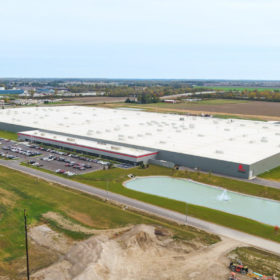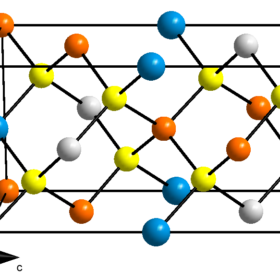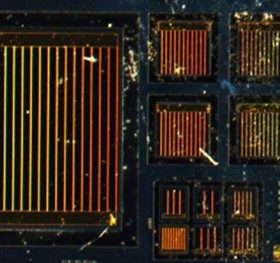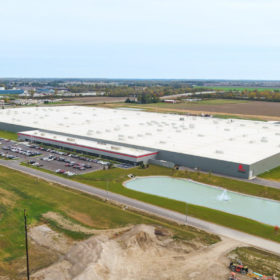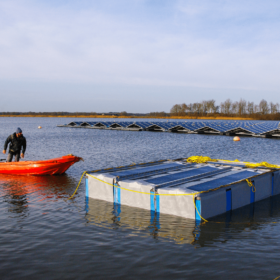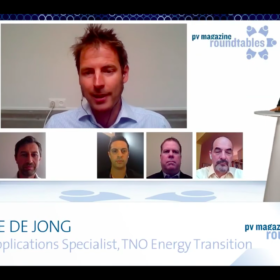China could add 48 GW of solar next year – AECEA
The in-country analyst has revised up its expectation for this year and says a healthy unsubsidized project pipeline will keep the numbers ticking over in 2021. The spending plans necessary to ramp up renewables targets in the next five-year plan, though, could put the nation on a collision course with the EU.
Toshiba and Siemens Energy pledge to walk away from coal-fired power business
The Japanese tech giant and German power company have followed the lead of General Electric by promising not to take on any new coal power station contracts.
First Solar posts strong Q4 results, announces 445 W module
Strong net sales, 1.6 GW of bookings, plans for a 445 W panel, and environmental recognition for the Series 6 line point to another successful quarter.
Can CIGS thin-film PV manufacturing return in the US?
A scientist familiar with First Solar’s earlier efforts in CIGS makes the case for the CdTe pioneer to return to the technology.
From tandem cell to double absorber for 34.45% efficiency
Scientists in the United States theorize that a ‘double absorber’ cell comprising two active thin-film layers within one cell stack could achieve impressive efficiencies, whilst eliminating many of the challenges inherent to the design of tandem cells. For now though, it’s only on paper.
Defect analysis promises kesterite solar cells with 18.47% efficiency
An international research group has found that the presence of a few lattice defects in a kesterite PV cell material can actually improve efficiency, rather than lowering it. The group believes that kesterite PV cells could see mass production within the next decade.
In search of cost-effective techniques for III-V cell production
Scientists in Canada have discovered a promising technique for the production of gallium-arsenide solar cells. Growing these cells directly onto a silicon substrate is a promising strategy that could cut out some of the technology’s exorbitant production costs. And by making that silicon porous, scientists may have taken a step toward producing high-performance III-V solar cells at a significantly lower cost.
First Solar posts strong Q2, sells O&M unit to NovaSource
Another stalwart of the solar industry was able to take the necessary precautions in order to maintain a sense of normalcy during the pandemic, leading to a quarter of increased sales, net cash, and a positive outlook to finish off the year.
A flexible approach to offshore solar
Scientists in the Netherlands are trialing a floating solar installation based on flexible thin-film PV modules. The idea behind their concept is that such modules, in combination with a newly designed flexible racking system, will create a system able to roll with the movement of the water, rather than attempting to defy it.
pv magazine video: New tech not without teething pain
pv magazine’s Quality Roundtable this year brought together experts from a broad range of applications relevant in the solar industry. The overarching theme this year was quality concerns with new technologies. Experts from companies and research institutes held that the failures that the industry has observed with technologies such as 2P single-axis trackers are not inherent in the technology but can be addressed.


